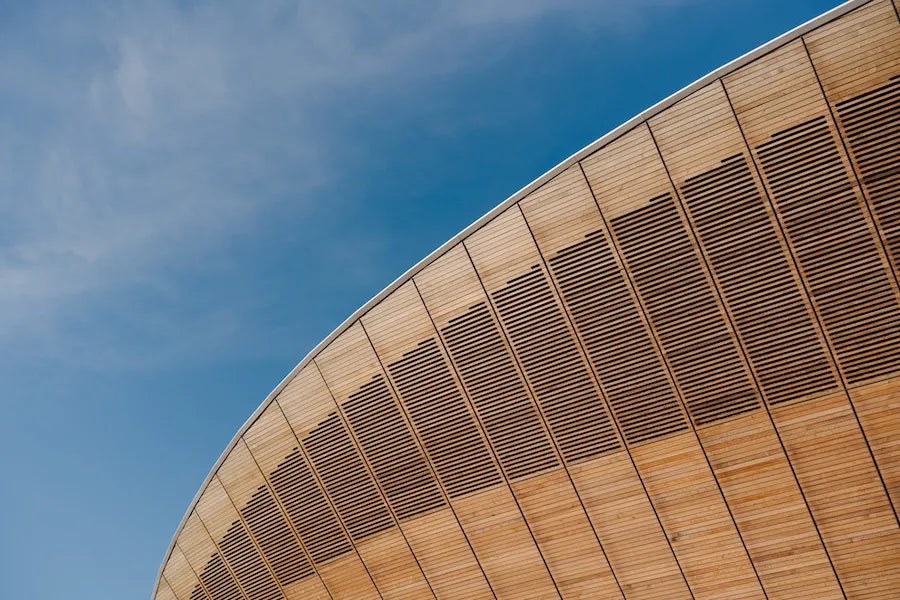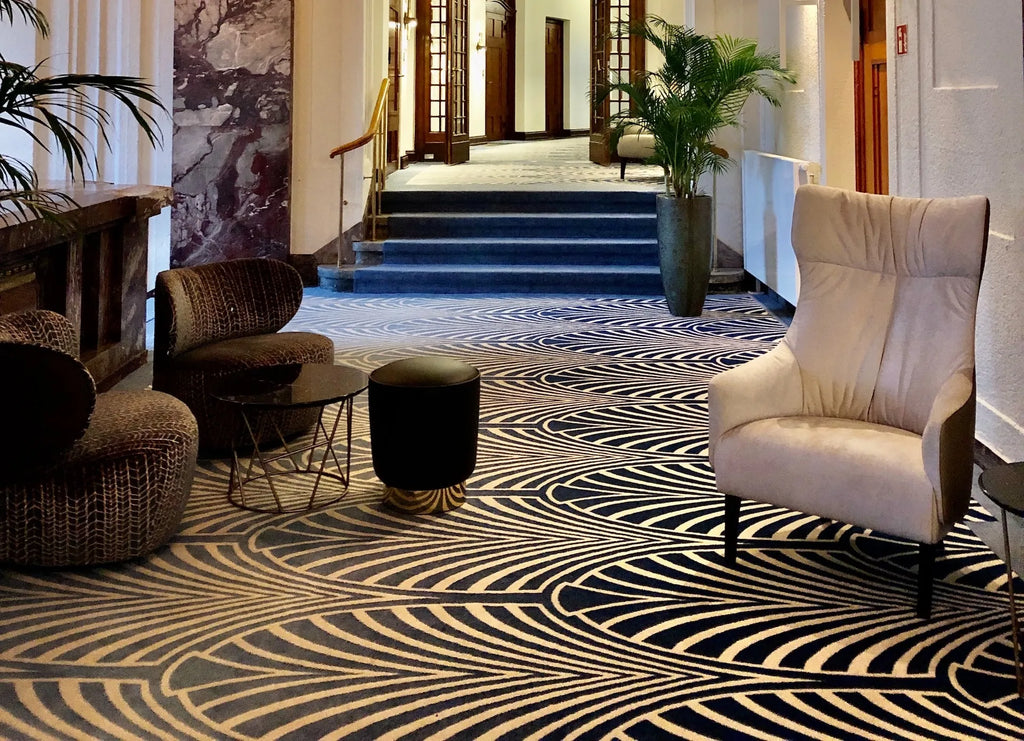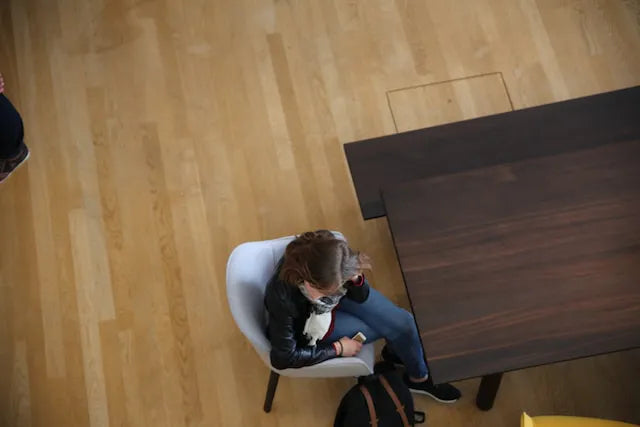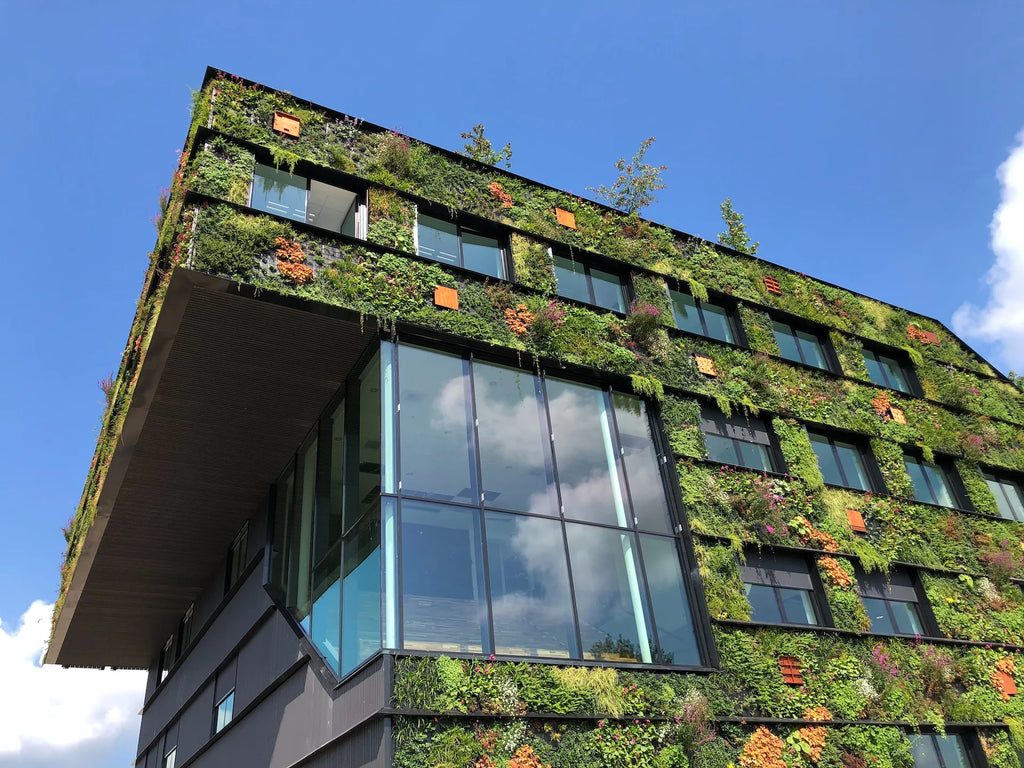
Modern Wood Cladding in Architecture

In the ever-evolving world of architecture, the use of wood cladding has emerged as a prominent trend. This natural material, with its warmth, sustainability, and timeless aesthetic, is finding new life in contemporary designs. Architects are increasingly turning to wood cladding to create buildings that seamlessly blend with their surroundings and resonate with the principles of sustainability.
Biophilic Design and the Resurgence of Wood
One of the key trends in modern architecture is the adoption of biophilic design, which seeks to connect people with nature in the built environment. In this context, wood cladding plays a crucial role. With wood’s ability to create a sense of harmony and tranquillity, it fosters a connection to the natural world, enhancing the well-being of building occupants.
Versatility in Design
Wood cladding offers a remarkable degree of design versatility. Architects are exploring various ways to utilise this material to achieve their aesthetic and functional goals. Whether it's used to achieve a rustic, traditional look or to create a sleek, contemporary appearance, wood cladding provides an array of textures, colours, and patterns. This adaptability makes it suitable for an extensive range of architectural styles and applications.
Sustainability and Eco-Friendly Construction
Sustainability has become a paramount concern in architecture, and wood cladding aligns seamlessly with this ethos. Responsibly sourced timber is a renewable resource, making it an environmentally friendly choice. Timber has a lower carbon footprint compared to other construction materials, contributing to a reduced overall environmental impact. Furthermore, wooden cladding offers excellent thermal insulation, improving a building's energy efficiency.
Innovative Construction Techniques
Modern architectural designs often require innovative construction techniques to meet the demands of energy efficiency and sustainability. Architects are increasingly turning to engineered wood products like Cross-Laminated Timber and Glue-Laminated Timber. These products provide structural integrity while enabling sustainable construction practices. This blend of tradition and technology is at the forefront of modern wood cladding trends.
Local and Traditional Building Practices
The resurgence of wood cladding has led to a renewed interest in local and traditional building practices. Communities are recognizing the benefits of using locally-sourced timber. This approach supports local economies, preserves traditional craftsmanship, and further solidifies the connection between the building and its surroundings. Architects are drawing inspiration from these practices to create structures that respect local traditions.
Contemporary Examples of Wood Cladding in Architecture
Contemporary architects are employing wood cladding in a myriad of innovative ways. For instance, Scotland’s V&A Dundee, designed by Kengo Kuma, showcases an exquisite use of wooden cladding to reflect the surrounding water and landscapes. The facade echoes the rugged cliffs and ever-changing waters of the River Tay, a nod to its location. The exterior’s larch wood cladding, chosen for its resilience and sustainability, creates an intricate and dynamic pattern. The wood’s texture and colour deepens with age, adding character and warmth to the building, perfectly mirroring the charm of the Scottish landscape.
Similarly, the Tamedia Building in Zurich, Switzerland, designed by Shigeru Ban, features a striking wooden facade that seamlessly merges a natural aesthetic with modern design principles. The facade employs a dynamic interplay of light and shadow, created by the wooden lattice that envelopes the structure. The use of wood cladding brings an element of nature into the urban landscape, seamlessly blending into the surroundings while standing out as an architectural focal point.
The innovative use of wood cladding in these projects are not only an aesthetic marvel but also an environmental choice. The selection of wood aligns with sustainability principles, underscoring a commitment to eco-friendly construction. This blend of contemporary design and wood cladding showcases the potential to create nature-inspired structures that are both beautiful and sustainable.





